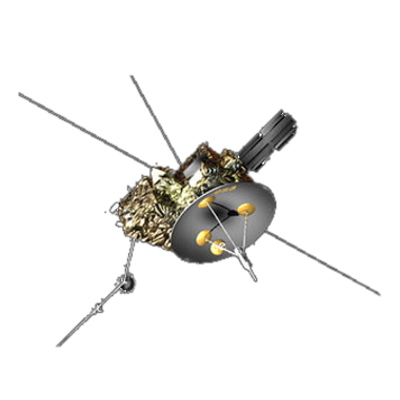Ulysses HISCALE Data Analysis Handbook
4.4 Passband Data and Calculated Responses
4.4.1 Deflected Electron Passband
The LEMS30 aperture of the HISCALE instrument has a permanent magnet pair positioned to sweep electrons away from the LEMS30 ion detector and into a separate detector (B) which is, for efficiency, positioned as the final element of the WART telescope assembly. Anticoincidence signals are used to distinguish the signals of stopping particles in detector B which are presumed to be electrons because all paths from B through an open aperture require at least 90 degrees of trajectory curvature. The optics of this system have been modeled extensively, and beam calibrations have also been done. The passbands given in the table below and in section 1.3 are based on electronic threshold settings. The geometrical factors given in Table 1.4 are based on early estimates from geometry and from flight intercalibrations from the other HISCALE electron measurements. As can be seen from 1.4, the geometrical factors for all deflected electron channels are taken to be 0.14 cm2 sr for the nominal electron fluxes. As can be seen from simulation and beam calibrations, it is likely that more precise estimates of electron fluxes would require the use of energy dependent geometrical factors. Two master's theses which model the deflected electron responses are included as appendices to this handbook.

- Appendix 9: Geometric Factor Study for the Deflected and Unscattered Electrons of HISCALE (Buckley MS Thesis)
- Appendix 10: Effect of Backscattered Electrons on the Geometric Factors of the LEMS30 Telescope (Hong MS Thesis)
Return to Chapter 4 Table of Contents
Return to Ulysses HISCALE Data Analysis Handbook Table of Contents
Updated 8/8/19, Cameron Crane
QUICK FACTS
Mission End Date: June 30, 2009
Destination: The inner heliosphere of the sun away from the ecliptic plane
Orbit: Elliptical orbit transversing the polar regions of the sun outside of the ecliptic plane



